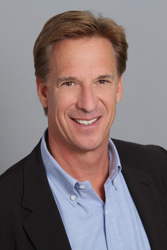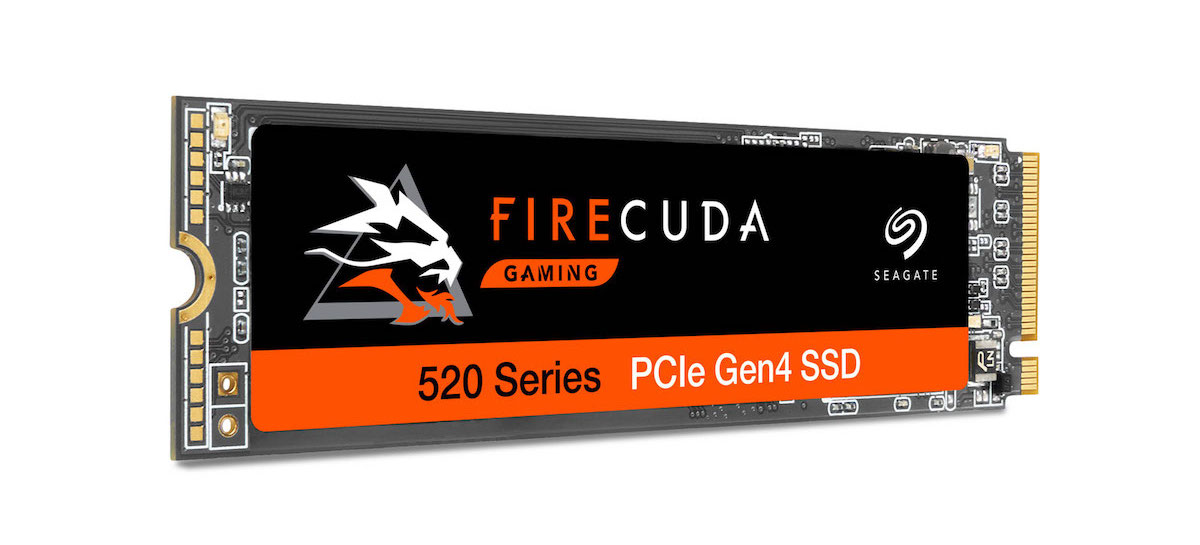 The rapid growth in mobility and cloud-computing environments is driving “tremendous opportunity” for storage-infrastructure providers, said Seagate CEO Steve Luczo, speaking last week at the company’s financial analyst conference in New York.
The rapid growth in mobility and cloud-computing environments is driving “tremendous opportunity” for storage-infrastructure providers, said Seagate CEO Steve Luczo, speaking last week at the company’s financial analyst conference in New York.
“With the clear shift to mobile devices and cloud-based computing systems, we are undergoing a fundamental change in computing architectures and applications,” Luczo said.
In 2011, 25 percent of storage was shipped into cloud applications, according to Seagate Market and Competitive Intelligence research. By 2020, over 60 percent of storage will be shipped to cloud applications.
“As more people get connected with smart phones and tablets, they want to share rich data like HD video,” Luczo said. “That drives storage growth throughout the computing infrastructure. The demand for storage is growing at twice the rate of areal density, which essentially is the industry’s ability to provide that storage.”
In 2007—the last time Seagate held an analyst conference—the company shipped 24.6 exabytes; in FY2012, Seagate shipped 149.6 exabytes. The average capacity per drive during that time grew from 165GB to 667GB.
Consolidated Market
Among other key takeaways from the analyst conference: Seagate is well positioned in a consolidated market and it has a resilient financial model to leverage both market opportunities and uncertainty.
The hard drive industry is now down to three companies: Seagate, WD, and Toshiba. And before that, HDD suppliers marched along their own consolidation path. In 1997, there were 14 heads suppliers and 12 media suppliers; today, there is one heads manufacturer and two media suppliers.
“Changes in industry dynamics have allowed for better alignment of supply and demand,” Luczo said. “We can be more accurate in aligning our resources in response to market demand, reducing inefficiencies in the marketplace.”
This has helped establish more efficient pricing, benefiting HDD companies, their customers and suppliers, and investors. Seagate has generated nearly $10 billion in cash over the last five years, and it’s returned $570 million in dividends to shareholders over the last six quarters, said EVP and Chief Financial Officer Pat O’Malley.
“We’re focused on sustaining a strong track record for delivering shareholder value,” O’Malley said.
While Seagate is strongly positioned for long-term growth, the company is seeing “more muted demand” in the near term as a result of macro-economic pressures, and it expects revenue to be 5 percent-to-7 percent below its previous target of $4 billion for the September quarter, said VP of Investor Relations Kate Scolnick.
Here are other highlights from the meeting:
Better Times Coming for Notebook Makers. While tablet and smart phone purchases may have dampened or delayed demand for PCs and notebooks, Luczo thinks better times are coming. “There hasn’t been a compelling reason to buy a new notebook, unless it’s an Apple product,” he said. “I think that’s about to change. With ‘thin and light’ notebooks and (Microsoft’s) Windows 8 (operating system), this is the front end for a multi-year trend for more compelling notebooks coming out.”
Other Ways to Drive Areal Density. With regard to WD’s recent announcement that it planned to launch new helium-filled hard drives, Seagate EVP and Chief Technical Officer Bob Whitmore said that’s just one way to increase storage capacities. “We’ve had a lot of experience with helium over the years and hold over 80 patents in that space,” he said. “We know the benefits; however, there are also increased costs and other risks associated with implementation.”
Whitmore said Seagate will ship its first shingle-magnetic recording product this year—technology that also delivers a significant capacity boost. “We’ve been working on shingle-magnetic recording for the last five years, and it’s a method for extending today’s conventional perpendicular recording,” Whitmore said. “Beyond shingled recording, there is HAMR (heat-assisted-magnetic-recording). We’ve been working on that technology for the last 10 years. The industry goes through a major recording-technology transition roughly every eight-to-10 years, and we’re at that point now.”
Seagate’s presentation at the analyst meeting ran on a HAMR drive. Utilizing shingle-magnetic recording and HAMR technologies, Seagate expects to improve areal density by 25 percent annually through 2020.
Hard Drives Matter More Than Ever. While speaking about Seagate’s vision to “lead the world in storing, protecting and sharing its digital creations,” Luczo emphasized how the company’s work helps make the world a better place. “We’re helping to make schools better, medicine better, financial markets more efficient, and we help make people’s lives more creative and fulfilling,” he said. “What we do is really important. We try to make sure that’s reflective in everything we do at Seagate.”
Click here to listen to an audio webcast of the conference.
Bonus content — Watch this video of Seagate CFO Pat O’Malley explaining how the cloud explosion will offset the PC slowdown.
— By Steve Pipe: PR Sr Staff Program/Project Manager









Leave A Comment